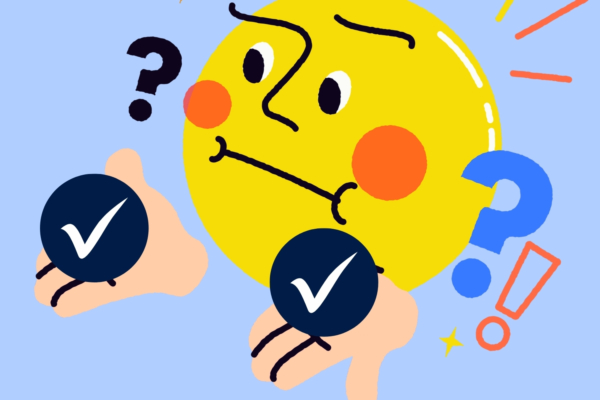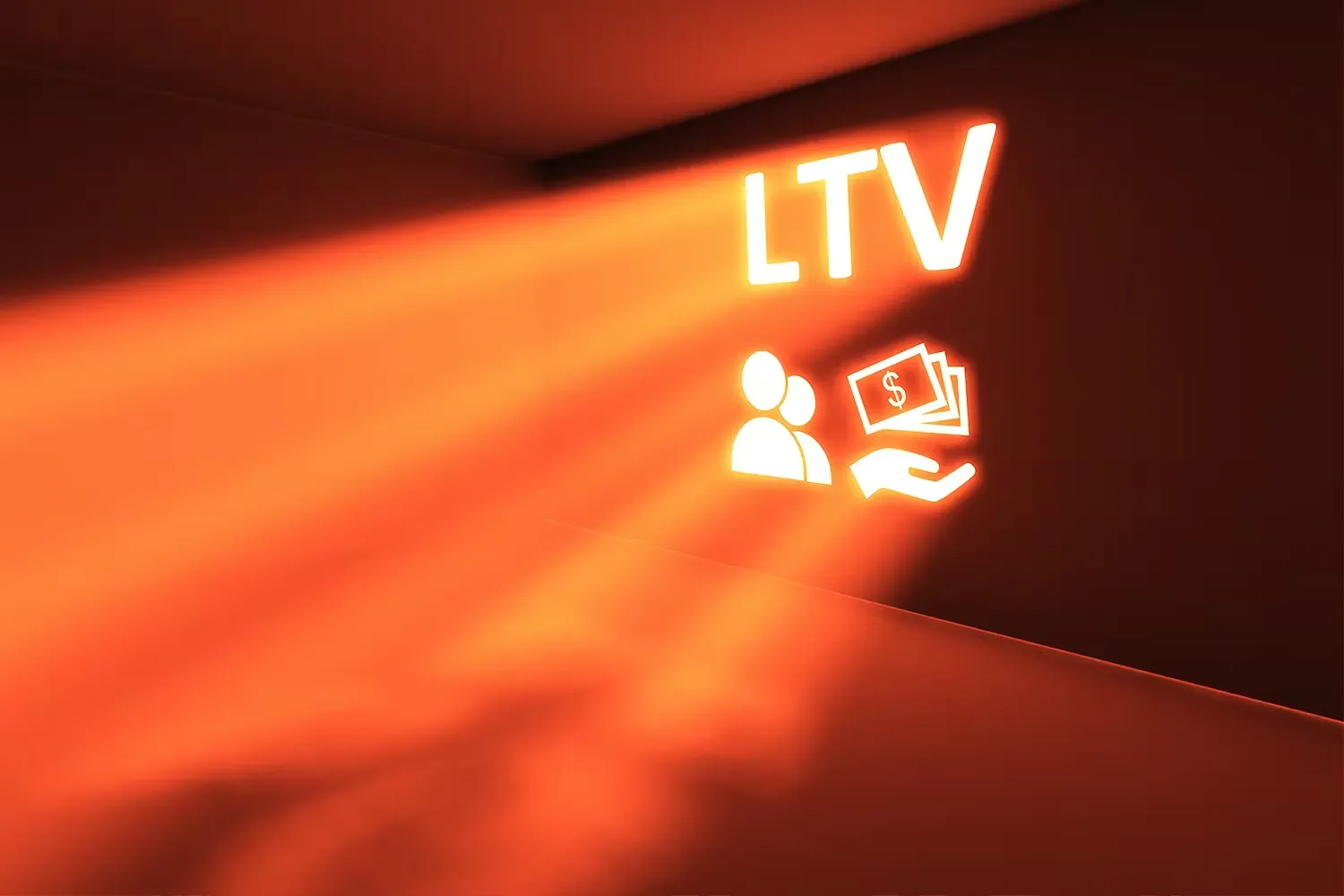
Guide to Homebuying: Loan-to-Value Ratio

Homebuying is a learning experience for most people. You’ll be met with all sorts of new information from real estate laws to lending rules. By the time you close on a house, you’ll probably have a whole new vocabulary!
One word that you’ll be familiar with by the end of the process? Loan-to-value ratio.
Let’s break down what this means, why it’s important, and how to find your loan-to-value ratio.
What is a loan-to-value ratio?
A loan-to-value (LTV) ratio is the amount of your loan proportional to the appraised value of your property. This is a number that lenders will look at when approving a mortgage, as it gives them an understanding of the risk that they are undertaking by lending you money.
Note that LTV looks at the appraised value of the property, not the sales price. Regardless of what you actually pay for a house, the lender will refer to their appraisal of the home to calculate this number.
Meet our team and get started.
Our local, award-winning lending team is ready to help you begin today.
What is a good loan-to-value ratio?
Generally speaking, the lower your loan-to-value ratio, the better. A small LTV usually means that you’ve put down a large down payment and therefore have more equity in the house. A lender’s ideal LTV is 80 percent, which means you’re putting 20 percent down and borrowing 80 percent of the property’s value.
This isn’t to say that it is impossible to get a loan with a loan-to-value ratio greater than 80 percent. In fact, you may be able to get financing with as little as 3.5% down with an FHA loan. Other types of loans, such as VA and USDA loans can be approved with as little as $0 down— or an LTV of 100%. Keep in mind that these zero down payment loans are typically part of a special program that you must qualify for.
However, loan-to-value ratios greater than 80 percent usually trigger specific loan terms, like:
- Private mortgage insurance (PMI): If you have less than 20% equity in your home, you will likely be required to carry private mortgage insurance. PMI covers the lender if the borrower fails to repay their loan.
- Mandatory PITI: The lender may take, hold, and pay your annual insurance and taxes rather than you managing those funds.
- Higher interest rates: The more risk a lender assumes, the higher your interest rate will be. Making a larger down payment, on the other hand, can get you lower interest rates.
A lender will generally not approve a loan with an LTV higher than 97 percent. If your LTV is over 100 percent, you’re said to be underwater. This simply means that you owe more than the house is actually worth.
If coming up with a down payment is a challenge, investigate loan programs designed to help you buy a home without a lot of cash, or consider using gifted or borrowed funds, if those are available to you.
How to Calculate Loan-to-Value Ratio
Calculating a loan-to-value ratio is easy once you know the formula.
(Loan Amount ÷ Loan Value) x 100 = Loan-to-Value Ratio
Say you want to buy a house whose price and appraised value is $300,000. You plan to put down $60,000 and take out a loan for the other $240,000. Using the formula, the loan to value ratio is ($240,000/$300,000) x 100, or 80 percent. This is an acceptable LTV for most, if not all, mortgages.
Implications of LTV for Homebuyers
So what does LTV mean for you as a homebuyer?
As we mentioned earlier, it influences your interest rate and whether or not you have to pay PMI. So the difference between a low and high loan-to-value ratio can actually mean the difference of thousands over the duration of your loan.
LTV also frequently comes into play in seller’s markets where homes are being listed and selling above their appraised value.
Here’s a different scenario to consider.
It’s a hot real estate market, and homes are selling for far above asking. You place an offer on a house for $300,000 and it’s accepted— yay! Like the previous scenario, you plan to put down 20 percent— $60,000— and take out a $240,000 mortgage for the rest.
However, the appraisal comes back at only $230,000. Since you must use the appraised value in your calculation, your LTV is calculated by dividing $230,000 by the loan amount of $240,000. This puts your LTV at 104%.
Unless you can come up with additional money upfront, the bank will not approve your loan since it is for more than the house is worth. This is a scenario not outside of the realm of possibility and is one reason why many real estate deals fall through.
How to Lower Your Loan-to-Value Ratio
If you’re on the hunt for a house, you may be calculating your LTV as you browse. If you find that the numbers are too high, there are two ways lower your LTV:
- Adjust your budget: One way to lower your LTV is to set your sights on cheaper homes. This will increase the proportion of your down payment and build your equity quicker.
- Put down more money: If you don’t want to lower your home buying budget, then the next solution is to put more money down. This may mean holding off on buying in order to save a little longer or searching for other sources of cash.
As we mentioned above, a lower LTV comes with numerous benefits and can save you thousands of dollars in the long run.
The Bottom Line
If you are planning on taking out a mortgage, you’ll encounter loan-to-value ratios at some point. Every lender looks at it, which means you should be too. Even though you may be able to get approved for a loan up to a 100 percent LTV, an LTV below 80 percent can lower your interest rate and save you from paying PMI.
Ready to get prequalified?
Apply today and start your journey toward your new home.


